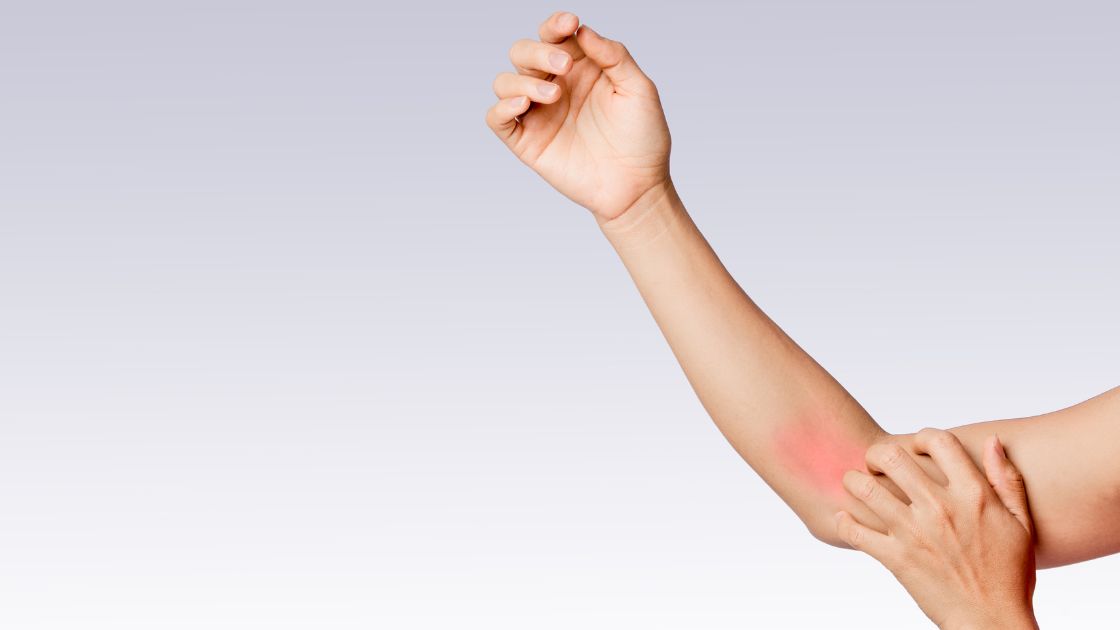Do You Have Chronic Pain That’s Not Getting Better? You May Be Suffering from Myofascial Pain Syndrome.

What is Myofascial Pain Syndrome?
Myofascial pain syndrome is a well-documented pain disorder in which nodules in muscles refer pain to seemingly unrelated parts of the body. This condition was first documented by Janet Travell, MD in the 50’s. Dr. Travell not only pioneered the treatment referred to as “dry needling”, she also holds the distinction of being the first female “Physician to the President” John F. Kennedy.
What Are Knots or Trigger Points?
These nodules referred to as “knots” or “trigger points”, can be felt in muscle as tight bumps or ropey bands of tissue. Sometimes they are painful and “active”, referring pain to other parts of the body, or sometimes they are “latent” and only radiate pain when you or a practitioner applies pressure to it. At Moyer Total Wellness, our practitioners are trained to recognize possible pain referral patterns that could be related to the discomfort you are experiencing in order to treat the root cause of your pain. Dr. Moyer is often quoted as saying, “90% of all pain is the result of an imbalance somewhere else in the body”.
Take the Following Example as a Scenario:
You have had chronic pain on the front side of your shoulder that is stopping you from playing tennis. You even notice the pain when you go to lift your purse or shake hands with someone. You have seen massage therapists, your chiropractor, and your primary care doctor. Now, the pain is radiating all the way down you’re your hand. You even went through 3 months of physical therapy for carpal tunnel syndrome.
Your primary care doctor continues to prescribe injections and pain medication. It’s been going on for a while now, so you finally get Xrays and MRI’s which are negative. No one can seem to figure it out. You finally lose it when your orthopedic doctor offers to perform “exploratory” carpal tunnel surgery to see if that will help (have you noticed they don’t really do carpal tunnel surgery anymore).
Don’t lose hope! In the example above, the patient with pain in the front of their shoulder radiating into the hand only had the front of their shoulder worked on by the other practitioners. While it made them feel slightly better temporarily, the pain always came back because the root cause of their pain was never addressed.
Pain Referral Pattern
One example of a common pain referral pattern to the front of the shoulder is a trigger point on the back of the shoulder in a muscle called infraspinatus. This muscle is part of the rotator cuff and lies on the back side of the shoulder on top of the shoulder blade. Working on the back of the shoulder might seem counterintuitive when treating front side shoulder pain, but this is an example of a pain referral pattern due to a trigger point in a seemingly unrelated part of the body.
Treating the Root Cause of the Pain
To treat any painful condition successfully, per the evidence based treatment guidelines set by the American Medical Association, these four major elements must be addressed:
- Remove knots from affected muscles
- Stretch the tight muscles
- Strengthen the surrounding weak muscles
- Mobilize the joints involved, as well as the ones above and below
How to Remove Knots
Removing knots is of primary concern when dealing with myofascial pain syndromes. Massage therapy, chiropractic, acupuncture, and dry needling are all tools that can help you address these four major elements, including removing knots, to successfully treat your pain. If you struggle with chronic pain, call us now to schedule a free consultation to see if we are the right team to help you!
Written by: Brooke Holmes, LaC and Randy Moyer, DC
Header Image by skeeze from Pixabay
Diagram Image Photo Credit: CPD Health Courses






